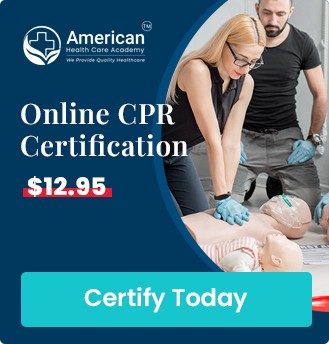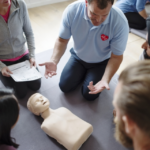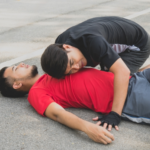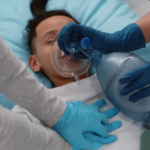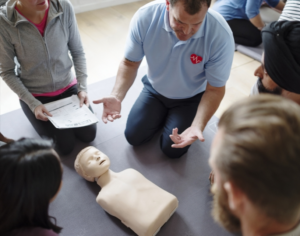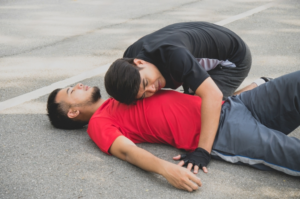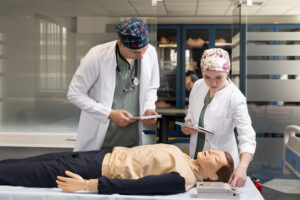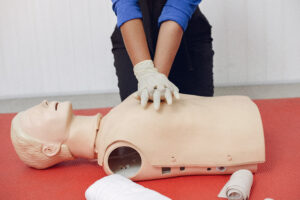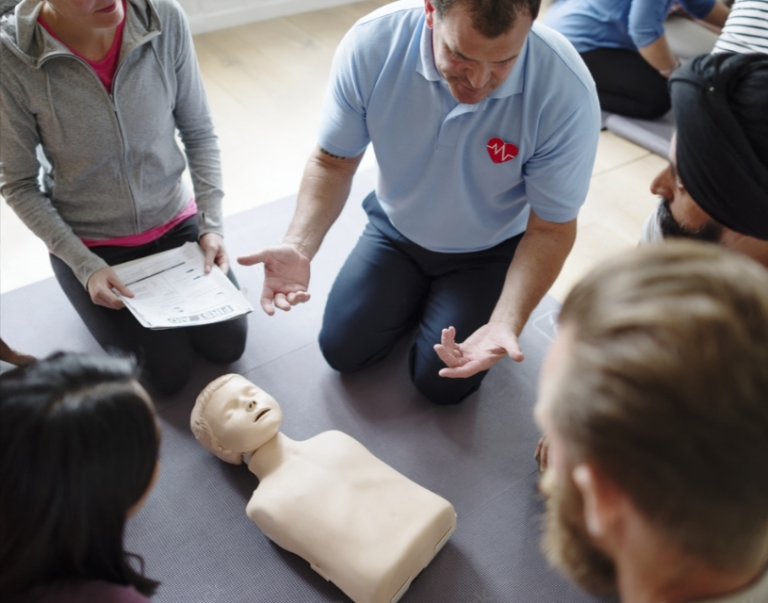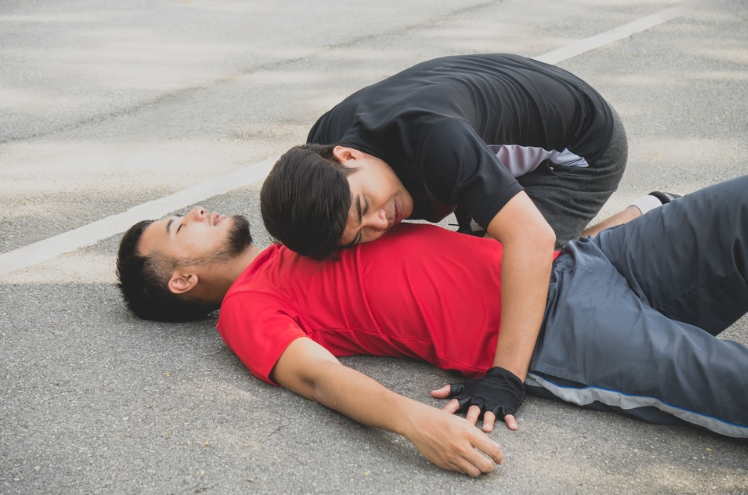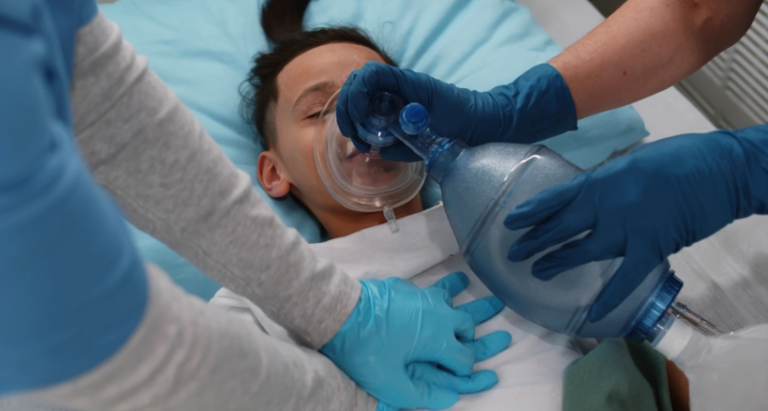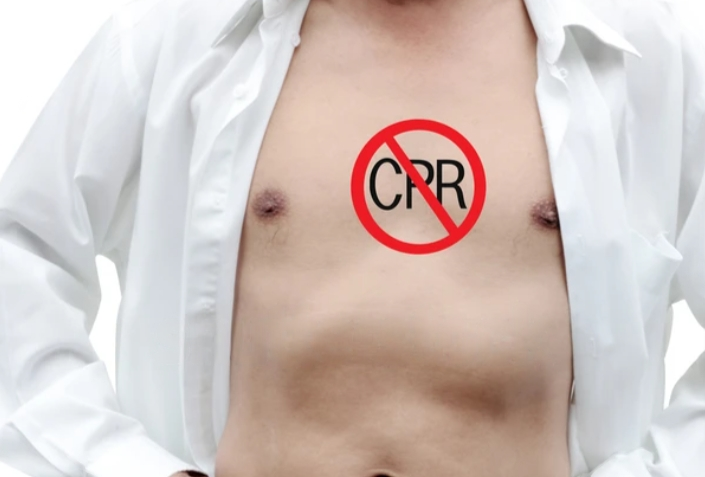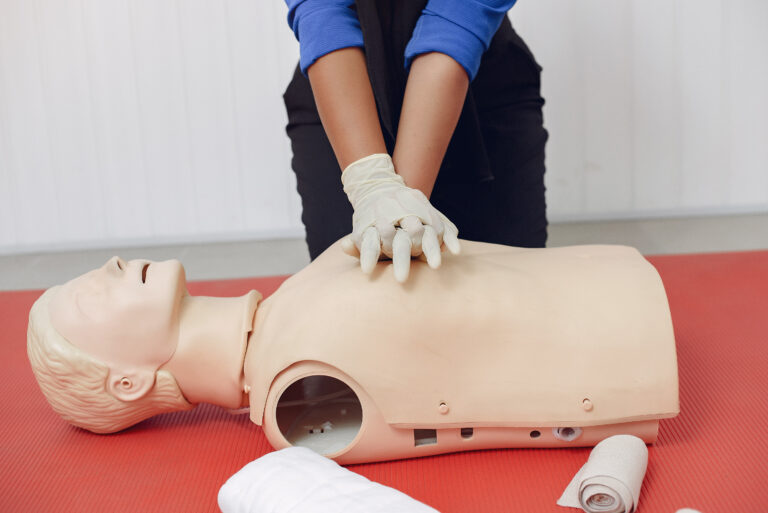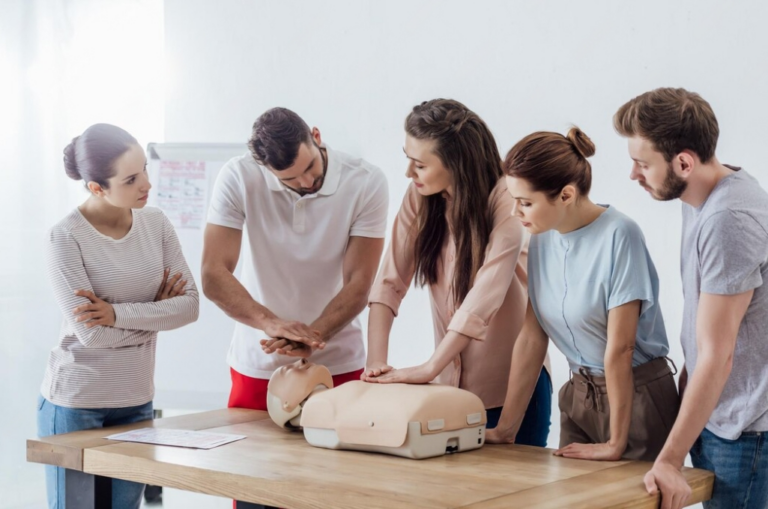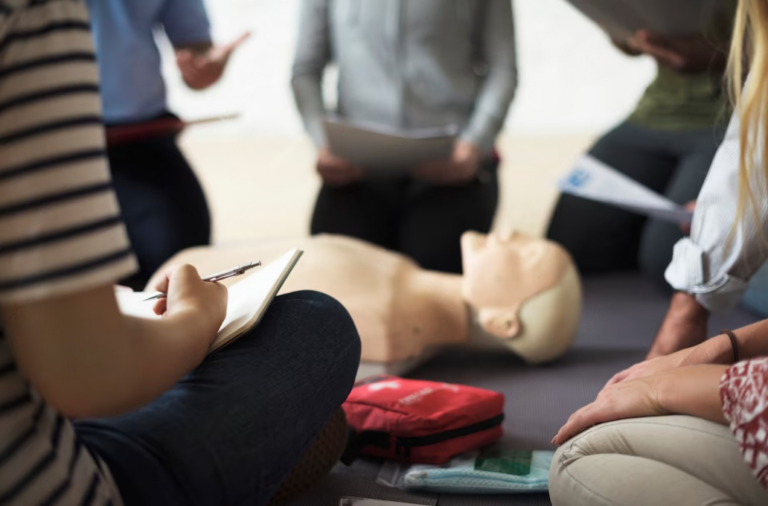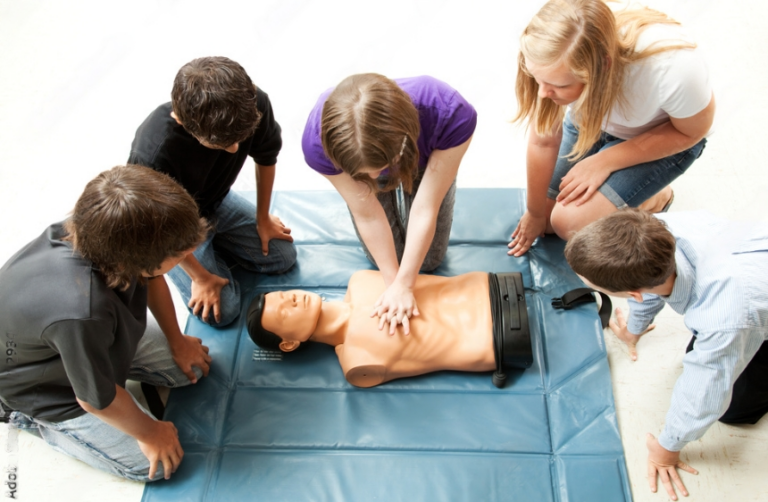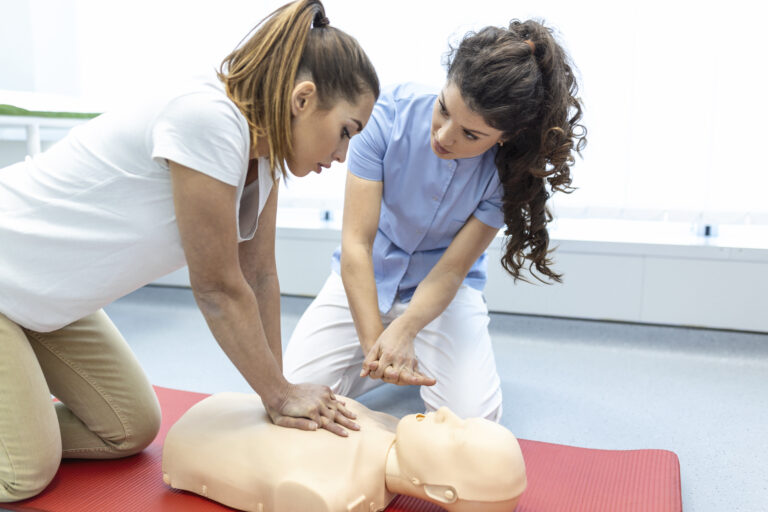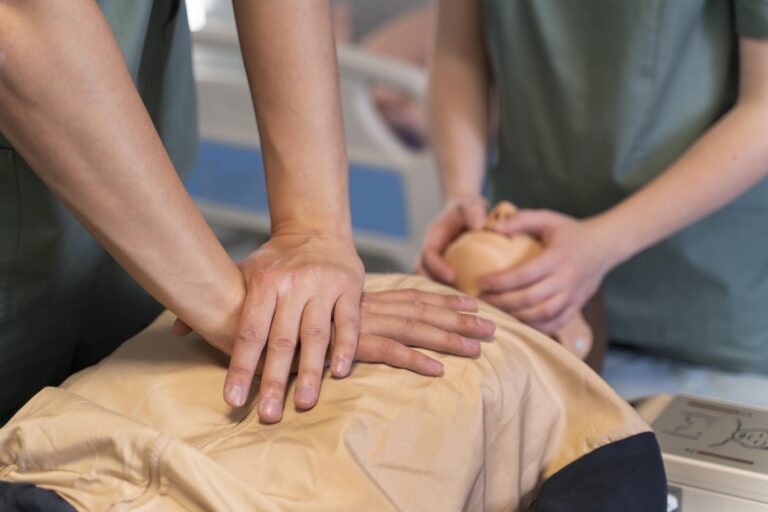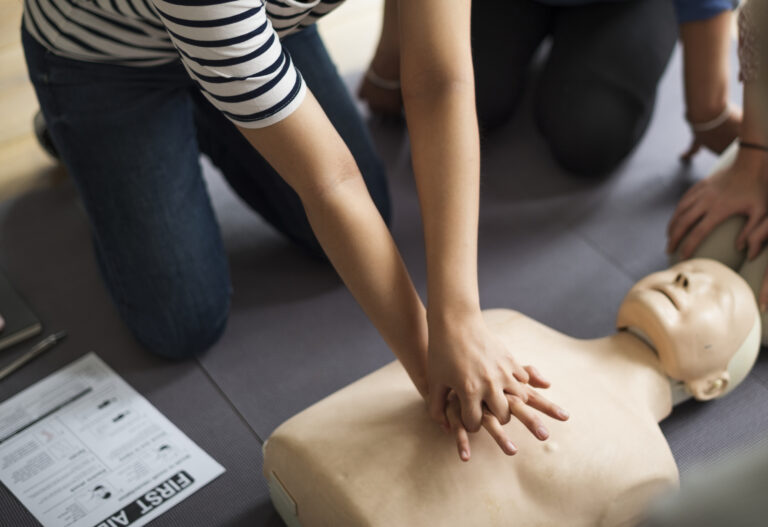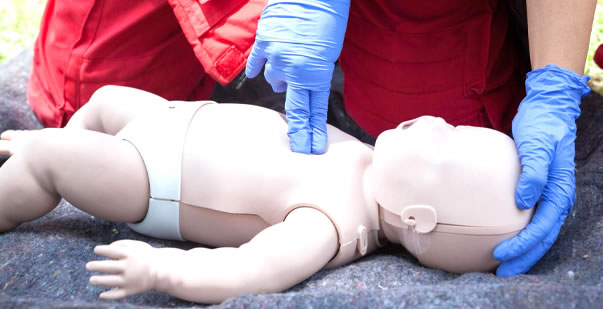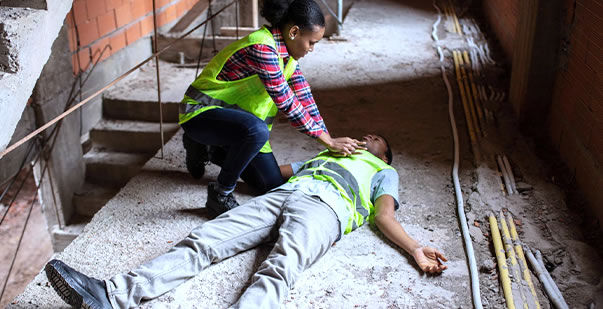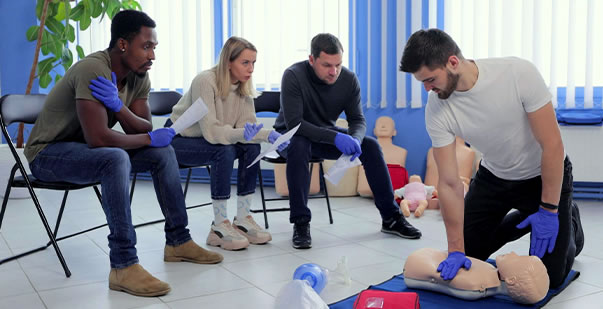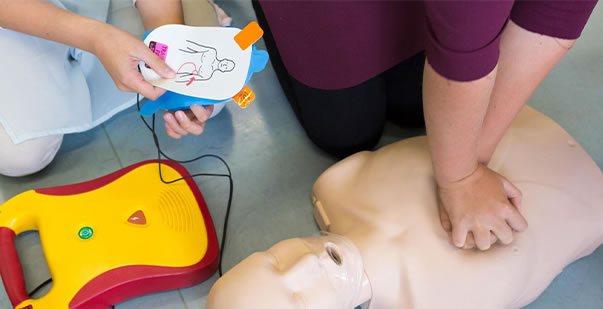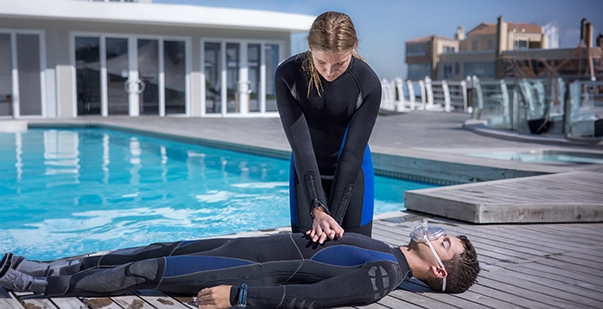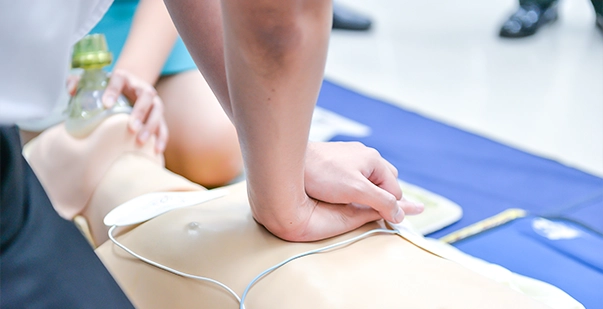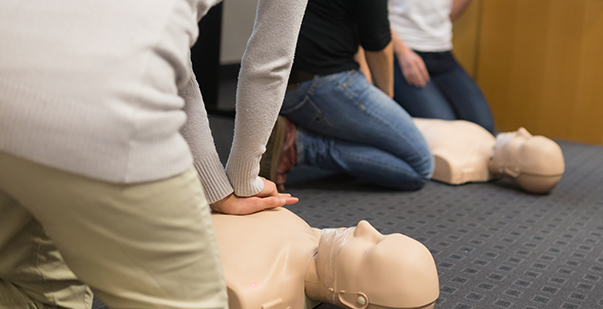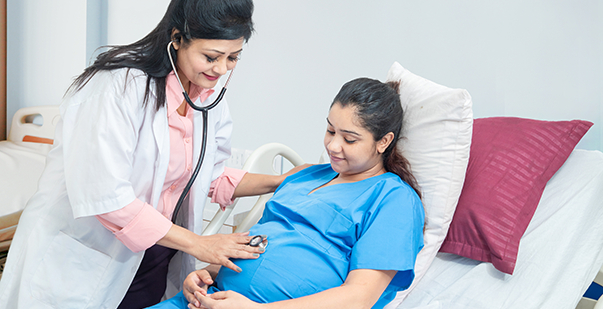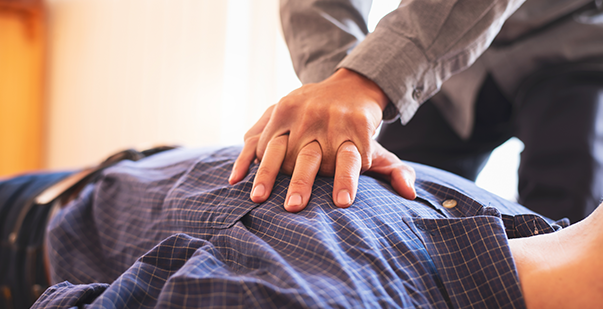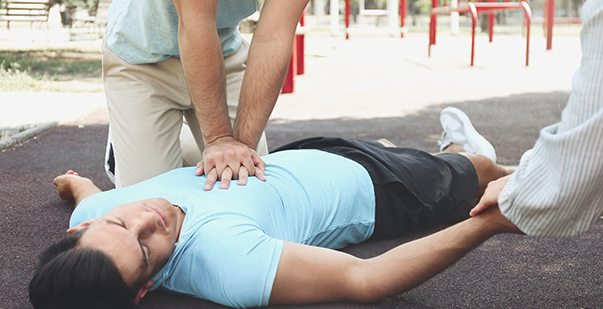It is easy to believe yourself to be an expert at first aid because, like most people, you’ve seen it in the movies and TV shows (especially the ones that involve doctors and emergency medical service providers) that appear to be teaching you everything about the basic first aid in an emergency. Or perhaps there’s a well-meaning relative who learned something from their grandparents, and they swear by some or other home remedy for first aid. However, the fact is that there are numerous false beliefs about what to do when someone is hurt. These false beliefs about first aid may even worsen the situation. Here are 5 frequent first-aid myths and suggestions on what to do instead.
Top 5 first aid myths to debunk
Myth 1: CPR means mouth-to-mouth
You could feel hesitant or uneasy about performing CPR because you think that it can’t be done without mouth-to-mouth rescue breathing combined with chest compression.
Solution to first aid myth 1
Hands-only CPR works equally effectively and involves only chest compressions. First and foremost, make a call to 911 or let someone else do it and start giving fast and firm pushes in the middle of the chest at the rate of 100–120 pumps per minute. You should also learn the correct technique of CPR and save a life.
Myth 2: Tilt head backward in a nosebleed
This is very old advice and can result in the person choking on their blood, vomiting it, or even swallowing their blood into the stomach.
Solution to first aid myth 2
Gently sit up and slightly lean forward. Pinch and close the nostrils for about 5–10 minutes. Now apply cold compression on the bridge of the nose and don’t stuff tissues or gauze inside your nostrils.
Myth 3: Do hot compression on a sprain
As soothing as heat might feel on the sprains and aches, applying hot compresses will only result in increased swelling.
Solution to first aid myth 3
If you think it’s a serious sprain, then immediately see your healthcare provider to check for any fracture. However, if it’s just a mild sprain, then do compressions with an ice pack or ice for about 20 minutes. Use the RICE method for the first 24 hours—Rest, Ice, Compression, and Elevation.
Myth 4: Warm frozen skin with hot water
In the case of frostbite, you might want to put hot water on the frozen patch of skin to warm it, which only increases the risk of skin damage if the water is very hot.
Solution to first aid myth 4
Thaw the skin slowly with a warm or lukewarm water bath.
Myth 5: You can bring the fever down by rubbing alcohol
Your skin feels colder after being cleaned with rubbing alcohol. Although, when you have a fever, this cooling doesn’t help. Alcohol can also penetrate the body through the skin.
Solution to first aid myth 5
Get in touch with your doctor if the fever isn’t coming down or you don’t know what to do. You can also take an over-the-counter (OTC) medicine like ibuprofen to bring the fever down.
What are the main do’s and don’ts of first aid?
If you learn first aid and CPR, you can help not only yourself but others too in their time of need. You can search for a local CPR and first aid certification course provider at CPR Certification Near Me. The following list will tell you about do’s and don’ts of first aid:
Do’s of first aid
- Attend the victim as soon as possible
- Make the victim comfortable for first aid
- Try to stop bleeding with first aid
- If the victim is vomiting, then turn the face sideward
- Don’t panic or create panic
Don’ts of first aid
- If you are not a qualified medical practitioner, don’t attempt to take on the technical tasks and responsibilities
- Don’t Apply tight bandages to hinder continuous blood circulation
- Don’t take monkey, rat, dog, and insect bites casually
- Don’t give any sharp objects to a victim for epileptic fits
- If you suspect any internal injury, then don’t feed the victim
How important is first aid to a person?
First aid is extremely important to a person since it’s the first line of treatment given to the victim of a sudden illness or an accident before medical help arrives. Hence, along with knowing the basics of first aid, a person should also learn CPR and get their concerns related to common myths about AEDs addressed to help someone in need.
Conclusion
When you learn basic First Aid and CPR, a little information can go a long way, but you must take the time to learn it before any emergency occurs. Otherwise, relying on some of these common first-aid misconceptions can land you in trouble. Explore online live-saving course providers at CPR Certification Near Me to empower yourself with skills that can help in saving a life.


